NATIONAL MUSEUM OF NATURAL HISTORY
11 Free Natural History Programs Streaming in April
Stream these free programs and more this April through the Smithsonian’s National Museum of Natural History
/https://tf-cmsv2-smithsonianmag-media.s3.amazonaws.com/blogging/featured/An_owl_sitting_in_a_tree_with_orange_leaves..jpg)
A special performance of “A Passion for the Planet,” the City Nature Challenge and an evening with Howard Youth; stream these free programs and more this April through the Smithsonian’s National Museum of Natural History.
Sixth Annual Mother Tongue Film Festival
Ongoing
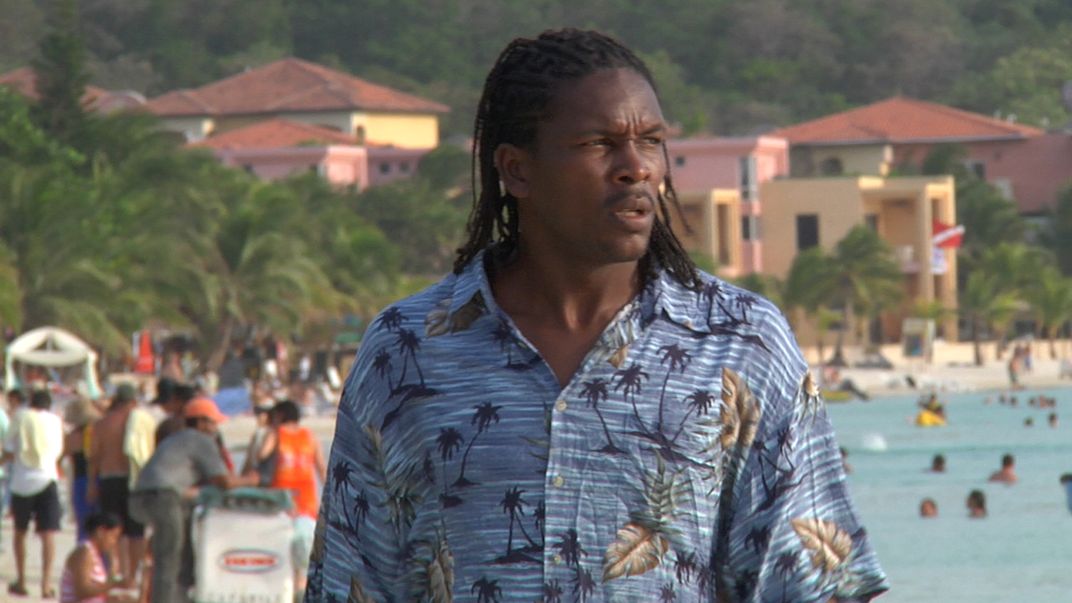
Celebrate cultural and linguistic diversity by tuning in to the Smithsonian’s Mother Tongue Film Festival. This year, the Festival features 45 films in 39 languages from around the globe, highlighting the crucial role languages play in our daily lives. The Festival will be hosted entirely online with monthly screenings through May.
This month’s featured event is a roundtable discussion on Apr. 2 about language revitalization and filmmaking for educational purposes. Mary Linn, curator of cultural and linguistic revitalization at the Smithsonian’s Center for Folklife and Cultural Heritage, will moderate the live conversation with Ruben Reyes, director of “Garifuna in Peril,” and Kari Chew (Chickasaw), the project lead for “Growing the Fire Within.”
How Mangroves Protect Coastal Communities from Rising Sea Levels
Apr. 7, 11 a.m. ET
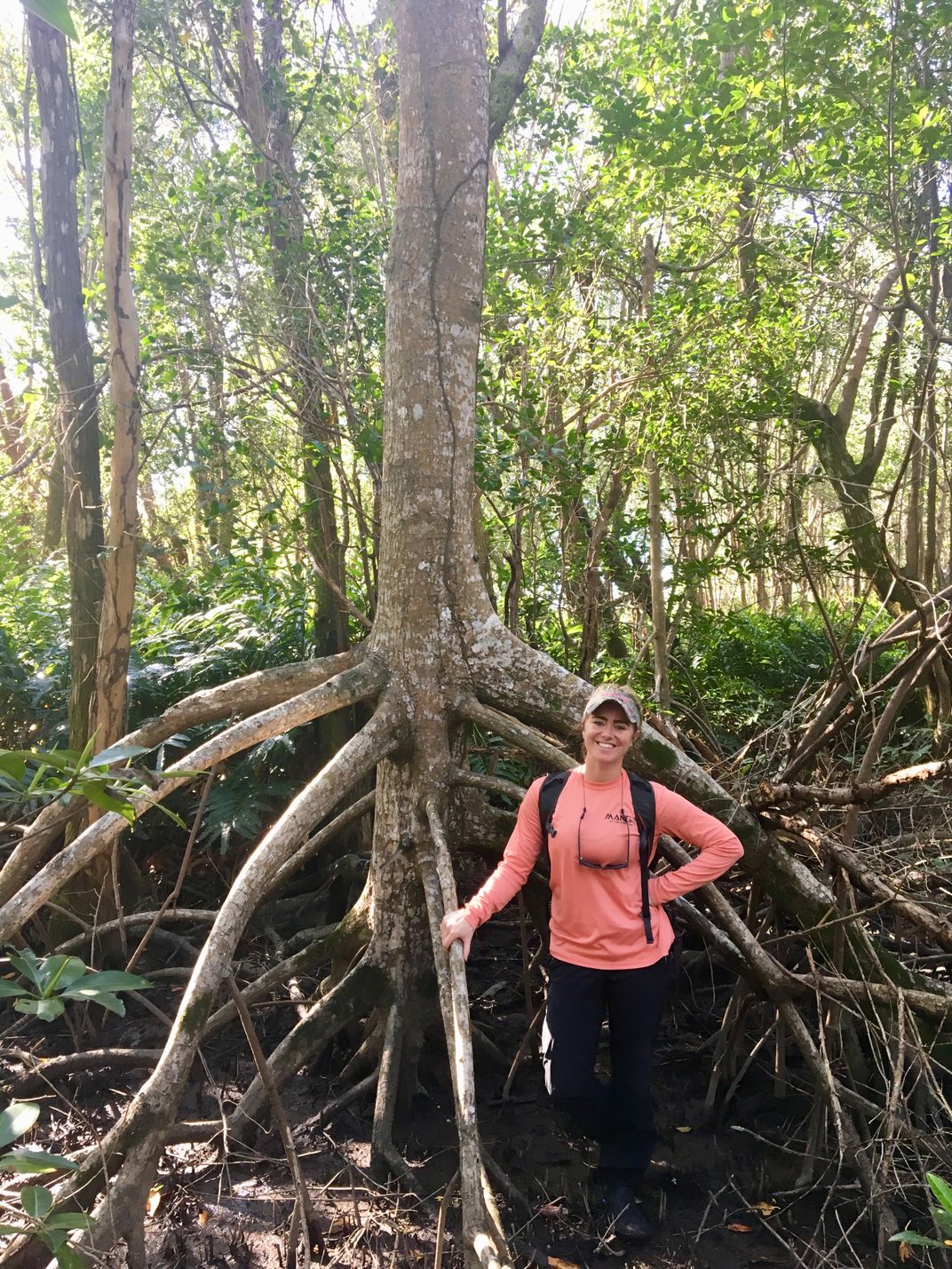
Global climate change is causing mangroves to spread into saltmarsh habitats in Florida, which may alter ecosystem processes through changes in its structure. But the arrival of these unique trees may be a welcome sight for coastal communities threatened by rising sea levels.
On Apr. 7, attend a virtual lecture by Dr. Loraé T. Simpson, a mangrove ecologist at the Florida Oceanographic Society, who will talk about how mangroves form natural barriers along the Atlantic coast and may help sustain coastal communities as they face changes in a warmer future.
This webinar is part of the Smithsonian Marine Station’s “Marine Science in the Morning” program, a morning lecture series where marine science professionals share their work with you.
A Virtual Science Café with Clare Fieseler, Gary Krupnick and Jonathan Tucker
Apr. 8, 5 p.m. ET
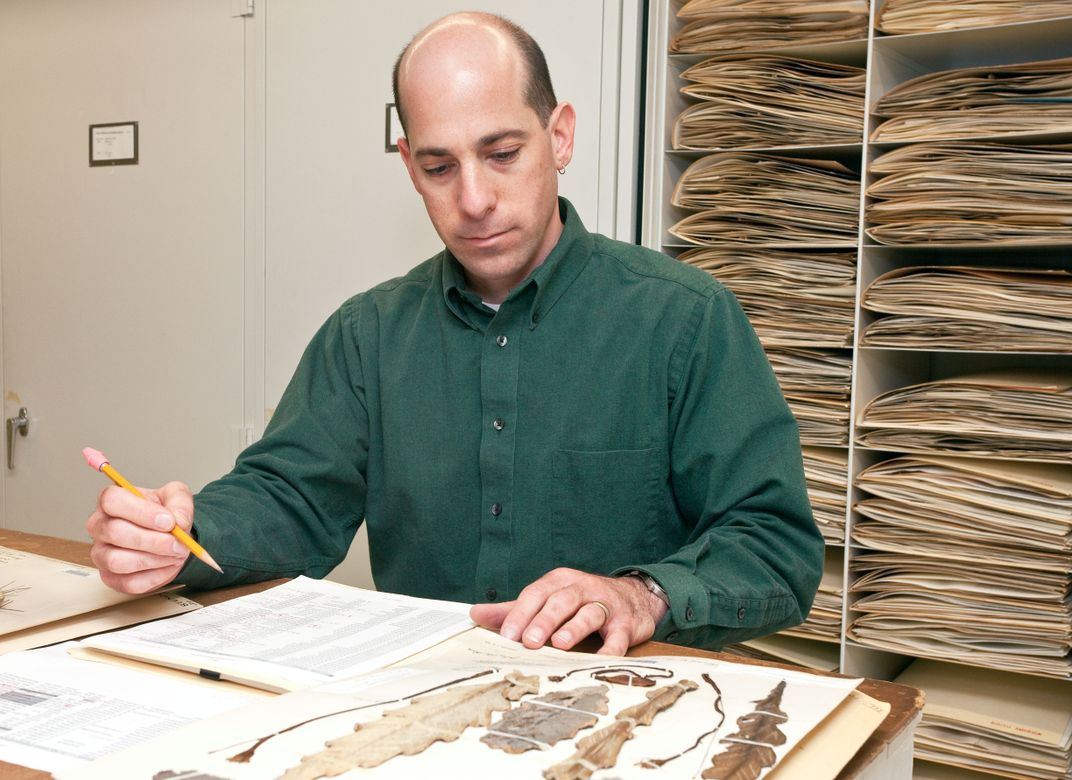
Sit back, relax and enjoy a virtual science café where scientists will talk about the role of museum collections in plant conservation, the origin of Earth’s atmosphere and how marine protected areas, the national parks of the oceans, can help protect coral reefs from climate change.
To help set the stage at home, we’re teaming up with Washington, D.C.-local restaurant Busboys and Poets. Upon registration, you'll receive an order link before the program. Whether you're local or not, you can shake up a themed drink to enjoy using a recipe provided by Busboys and Poets.
This program is designed for adults.
Become a Neighborhood Naturalist
Apr. 10, 11 a.m. ET
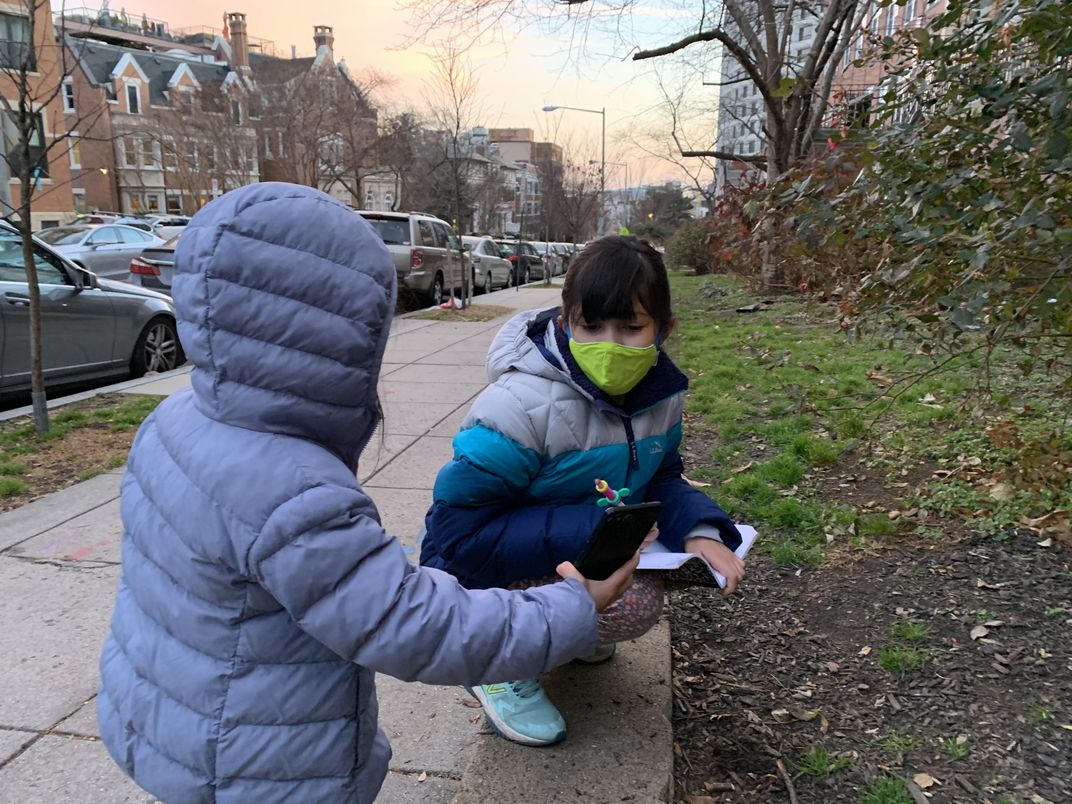
Learn how to make and record scientific observations like the pros in this interactive webinar. You and your family will get tips on how to look for nature in your neighborhood and discover different ways to share what you observe with each other and others in the community. This program is for families with children ages 5-10.
How Dogs Became Our Best Friends
Apr. 15, 11:30 a.m. ET
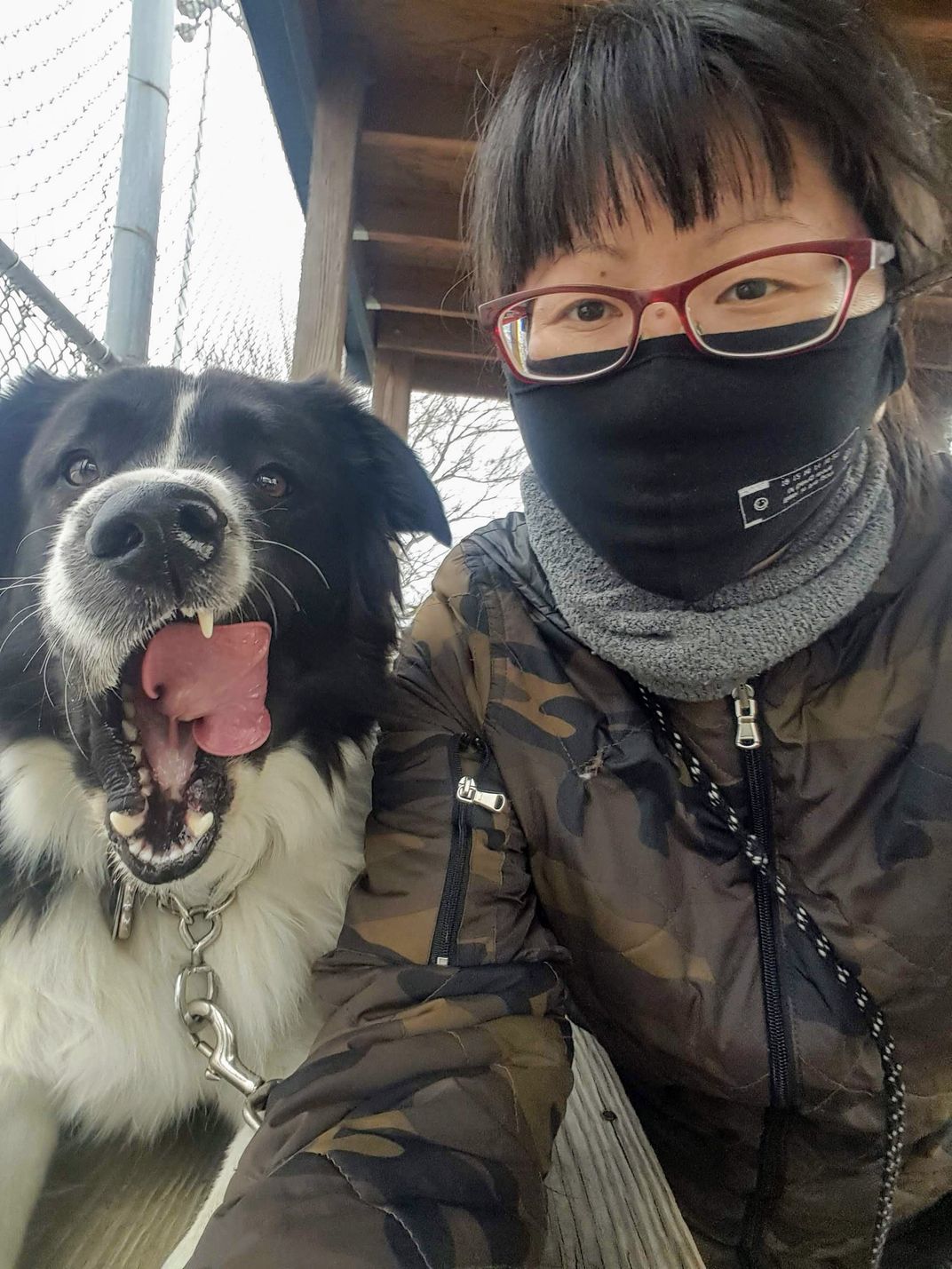
Thousands of years ago, dogs as we know them didn’t exist. Instead, humans and wolves lived separate lives while inhabiting the same lands. Eventually, their proximity evolved into the companionship we have today. But despite the long history between humans and dogs, scientists are still unsure of how this friendship began.
Tune in for a conversation with Audrey Lin, a paleogeneticist and Peter Buck Postdoctoral Fellow at the Smithsonian’s National Museum of Natural History, who will talk about her research and answer your questions about dog domestication.
This program is part of the museum’s ongoing HOT (Human Origins Today) Topic series. It is moderated by Briana Pobiner, a paleoanthropologist and educator at Smithsonian’s National Museum of Natural History.
Where Science and Art Meet
Apr. 15, 6 p.m. ET
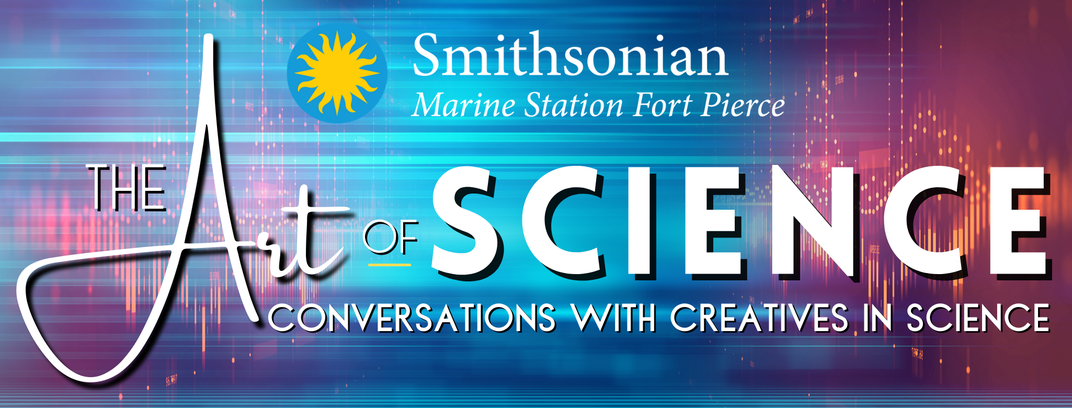
Opposites attract, as the saying goes, which couldn’t be truer of the relationship between art and science. Discover the connection between these seemingly opposite careers in a panel discussion from the Smithsonian Marine Station. Hear from three panelists with diverse scientific and artistic backgrounds who will share how their understanding of science has shaped their own artistic journey and offer tips and tricks for aspiring scientific creatives.
This virtual event is the second of three programs in “The Art of Science: Conversations with Creatives in Science” series. It will explore how science influences the creative processes in literature and journalism.
A Passion for the Planet: Art and Science in Concert
Apr. 21, 5 p.m. ET
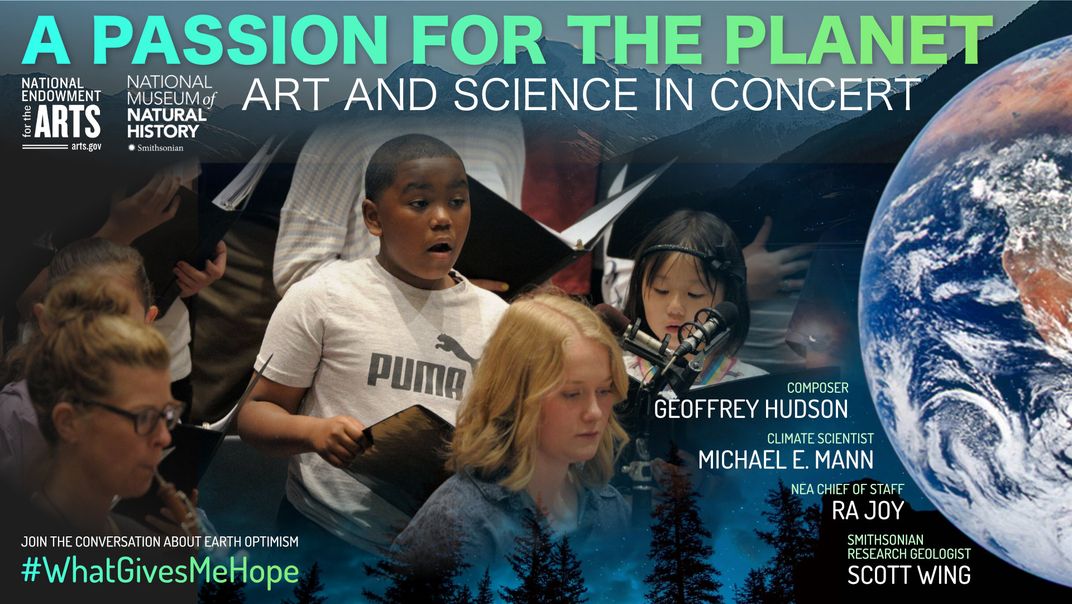
At the convergence of art and science is a powerful message about the climate crisis. Join Scott Wing, research geologist and curator of paleobotany at the museum, as he moderates a discussion between “A Passion for the Planet” composer Geoffrey Hudson, National Endowment for the Arts Chief of Staff Ra Joy and climate scientist and author Michael E. Mann about the intersection of art, storytelling and science.
Following the conversation, stick around for a special director’s cut-style performance of “A Passion for the Planet” with Hudson and Mann, whose famous “Hockey Stick” graph depicting the rapid rise in temperature change in the 20th century is set to music in Hudson’s oratorio. As the performance unfolds, Hudson and Mann will share commentary and answer questions live via chat.
Finding Local Biodiversity in Spanish
Apr. 25, 2 p.m. ET
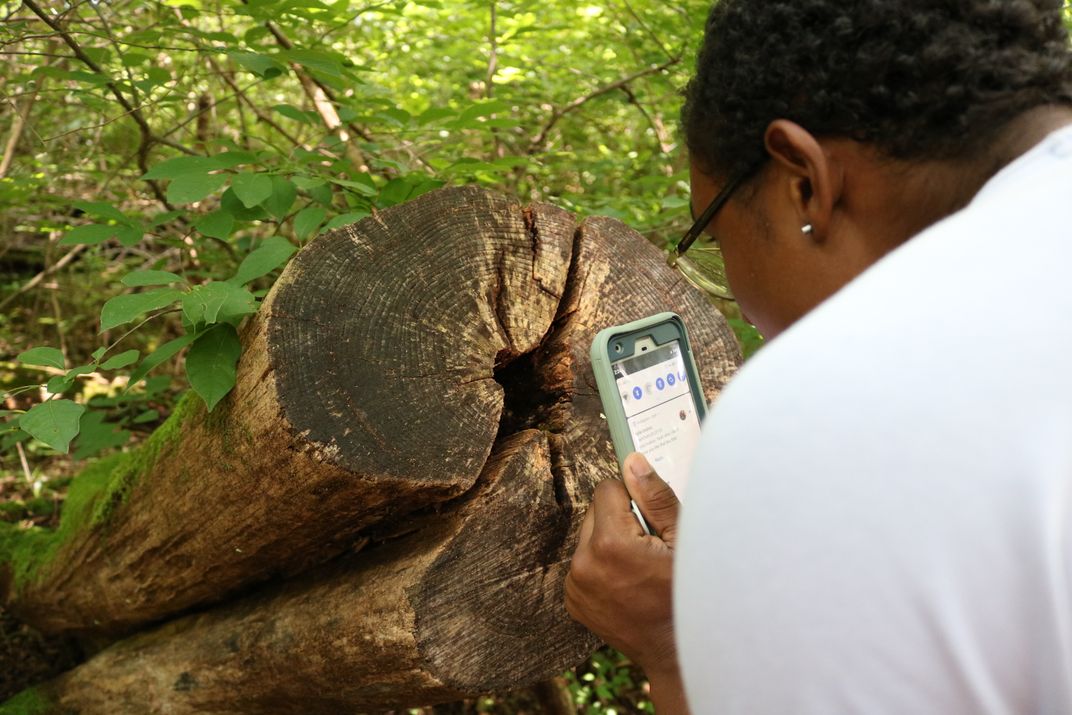
Explore your neighborhood and learn how to observe and document the variety of animals and plants you find in this digital program with Jorge Ahumada from Conservation International and Jorge Bogantes Montero from Anacostia Watershed Society. They will talk about how they track biodiversity and why it’s important to share observation to better understand the natural world. You and your family will find out how to be part of community science and help scientists collect valuable data on biodiversity in regions around the planet.
This program will stream in Spanish and is perfect for families.
A Screening of “A Community of Gardeners”
Apr. 27, 5 p.m. ET
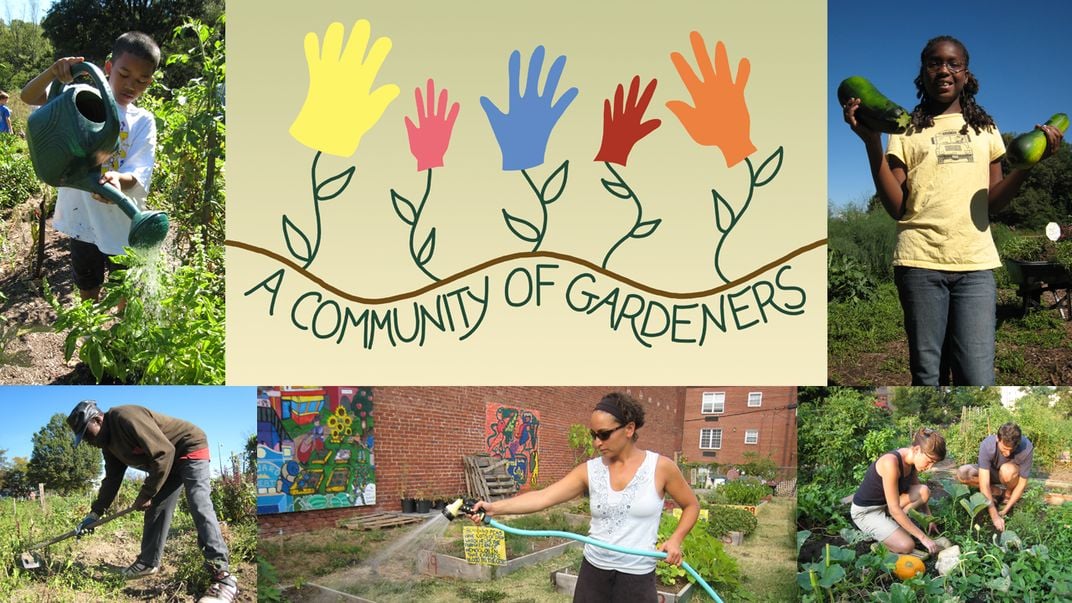
The District of Columbia has a vibrant network of community gardens where people, plants, pollinators and other wildlife intermingle. Attend this virtual discussion with “A Community of Gardeners” filmmaker Cintia Cabib, conservation biologist Gary Krupnick from the Smithsonian’s Plant Conservation Unit, and Carrie Seltzer from iNaturalist who will talk about the roles community gardens play in neighborhoods.
Register for the program to receive a link to watch the film ahead of the program.
An Evening With Howard Youth
Apr. 29, 5 p.m. ET
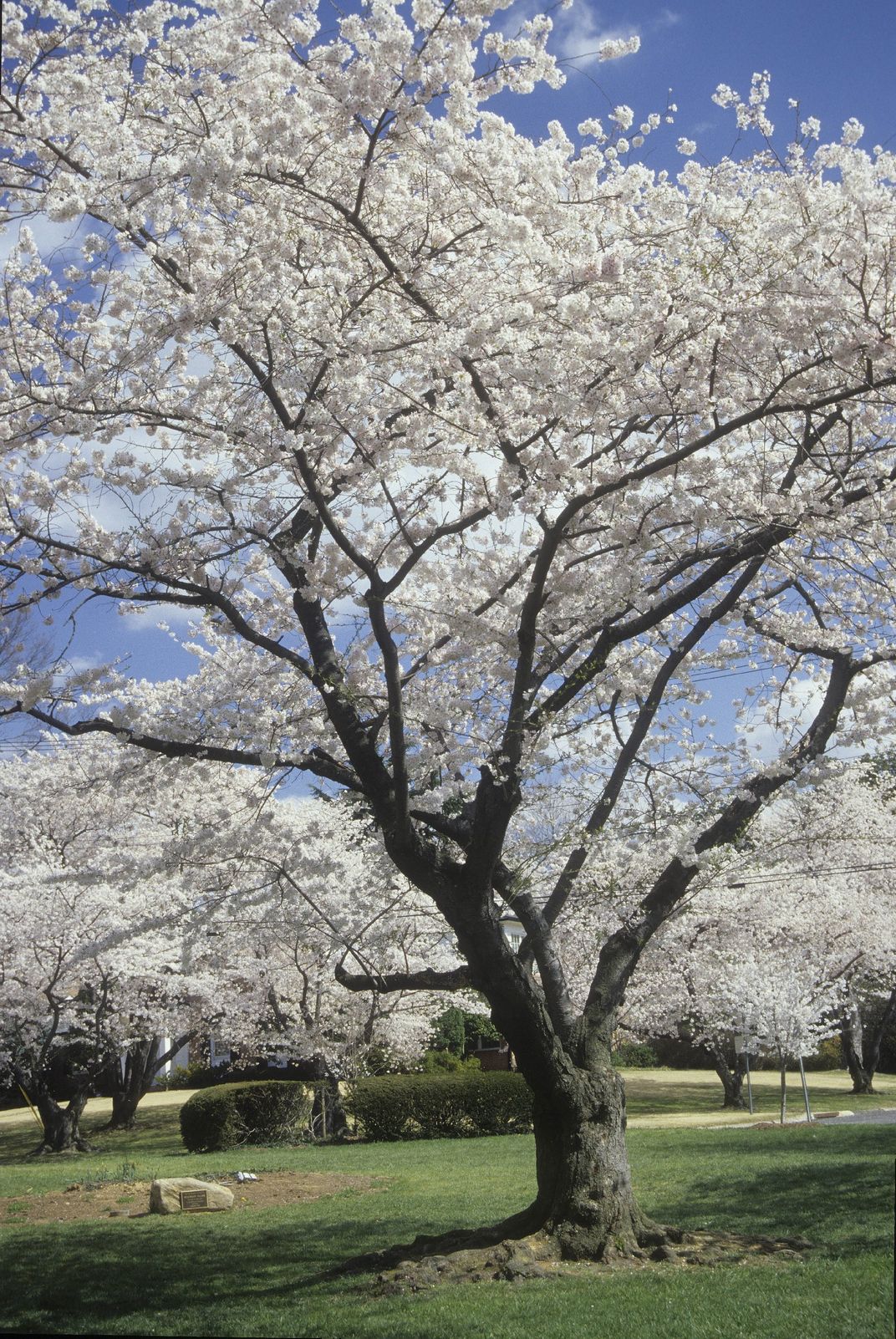
Nature awaits discovery at almost every turn in the complex ecosystem of Washington, D.C. In parks large and small, within the District's gardens and on public streets, there is tremendous biodiversity. In “Field Guide to the Natural World of Washington, D.C.,” with a forward by Kirk Johnson, Sant Director of the Smithsonian’s National Museum of Natural History, naturalist Howard Youth takes readers on an urban safari, describing the wild side of the nation's capital.
Tune in for a lively conversation with Howard Youth and Kirk Johnson on the arc that led Howard to document nature in the District. Gary Krupnick, conservation botanist at the museum, will provide introductory remarks.
City Nature Challenge 2021
Apr. 30 – May 3
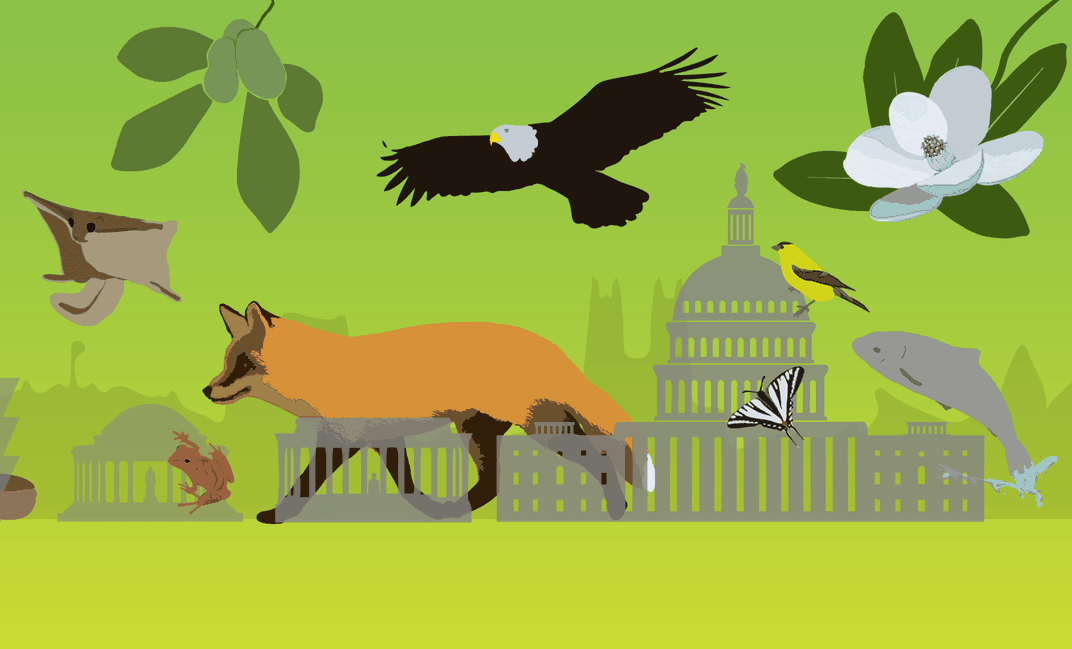
The City Nature Challenge is an international effort for people to find and document wildlife in cities across the globe. Become a citizen scientist and look for signs of life in local parks, neighborhoods and backyards to see what plants and animals share your environment.
Visit the City Nature Challenge website and find out if a city near you is participating in the Challenge. Everyone in a participating metropolitan area with access to a camera and the internet can participate using the iNaturalist app.
Can’t make one of the programs? Check out the museum’s archive of past programs.
Related stories:
Seven Ways to Learn About Natural History From Home
Meet the Scientist Studying How Dogs Evolved from Predator to Pet
Why Science Needs Art
Are Pressed Plants Windows Into World History?
Together, We Can Save the Mangroves

